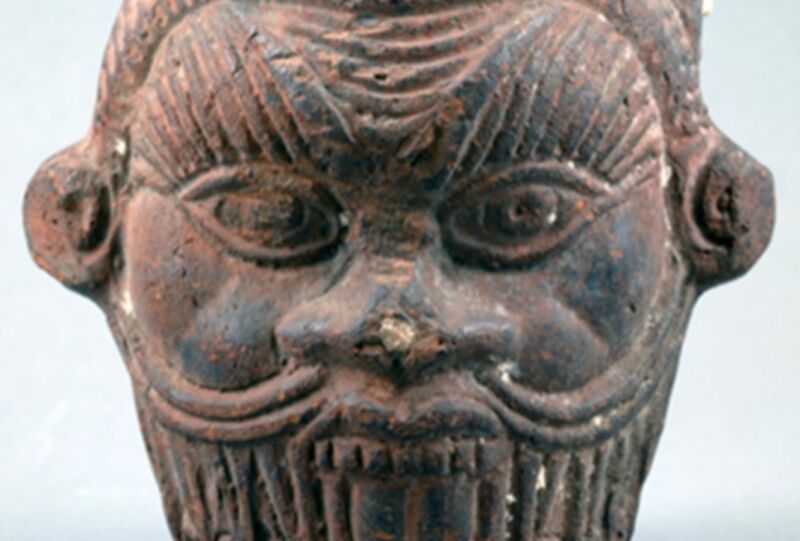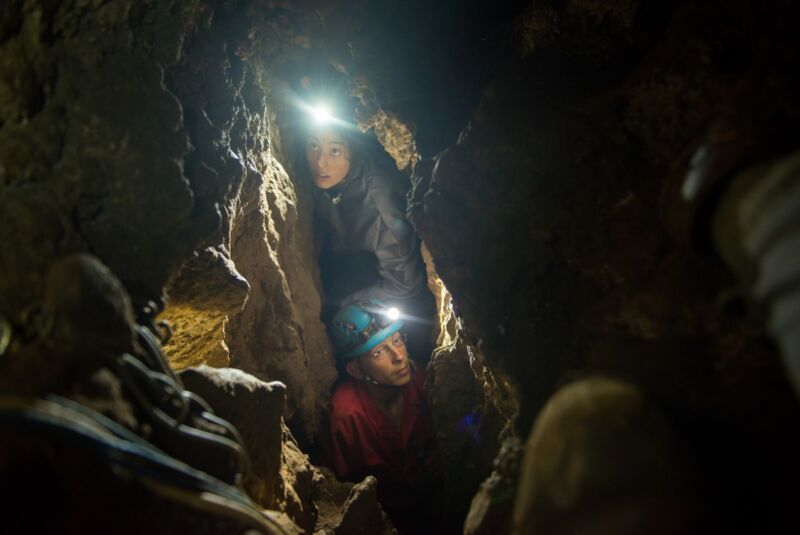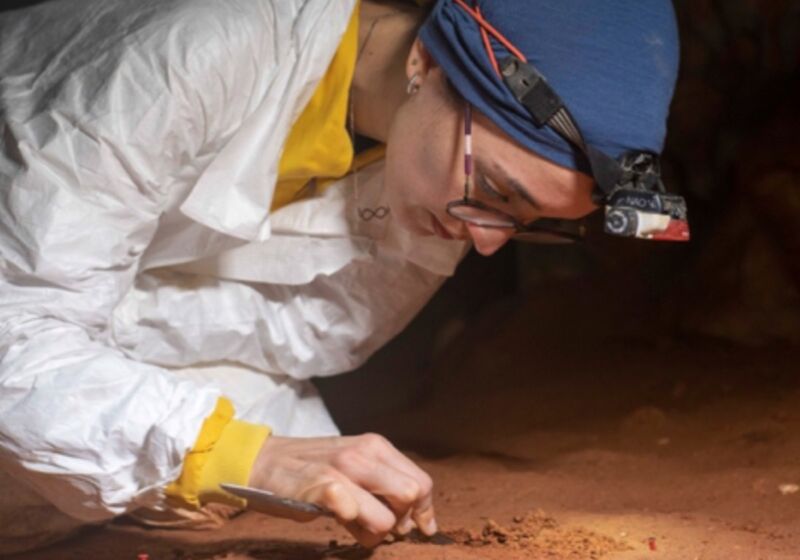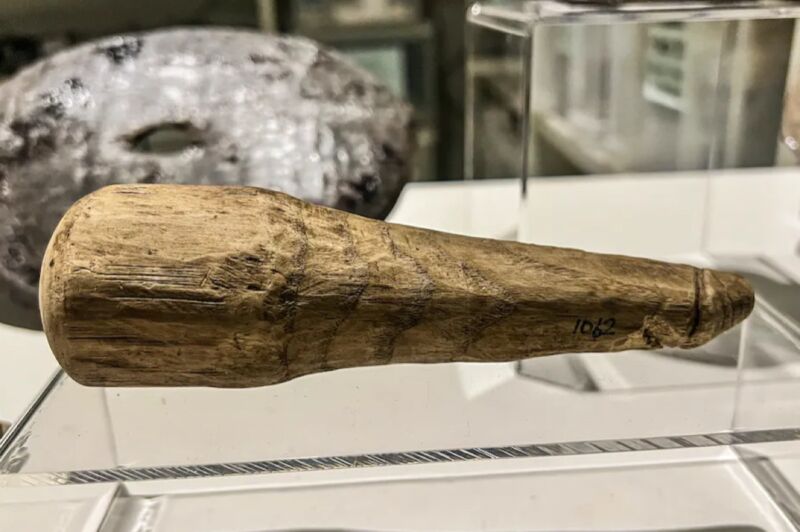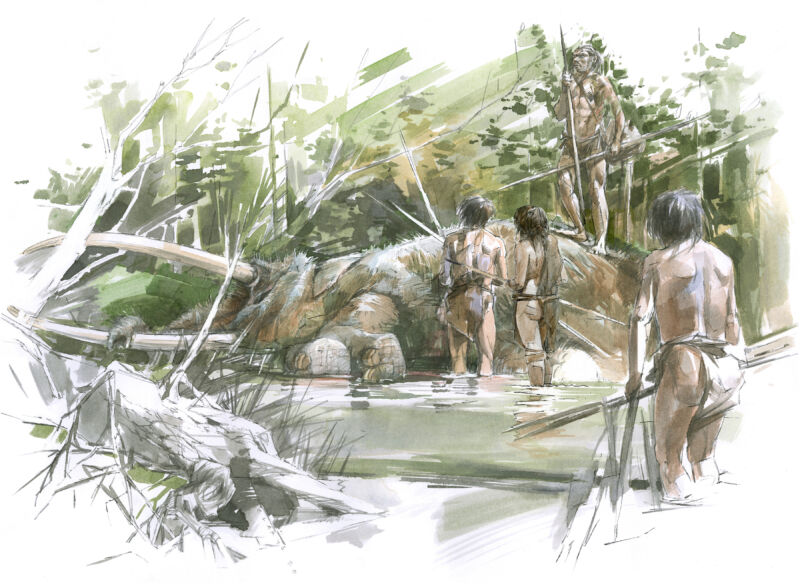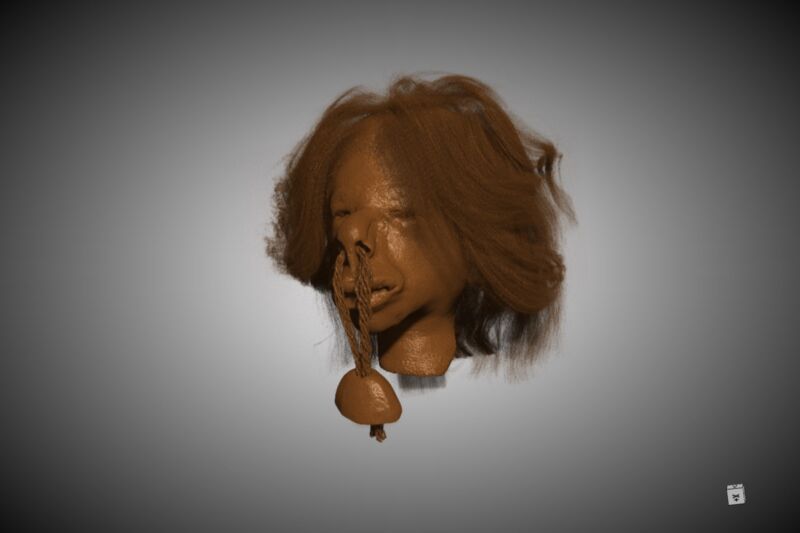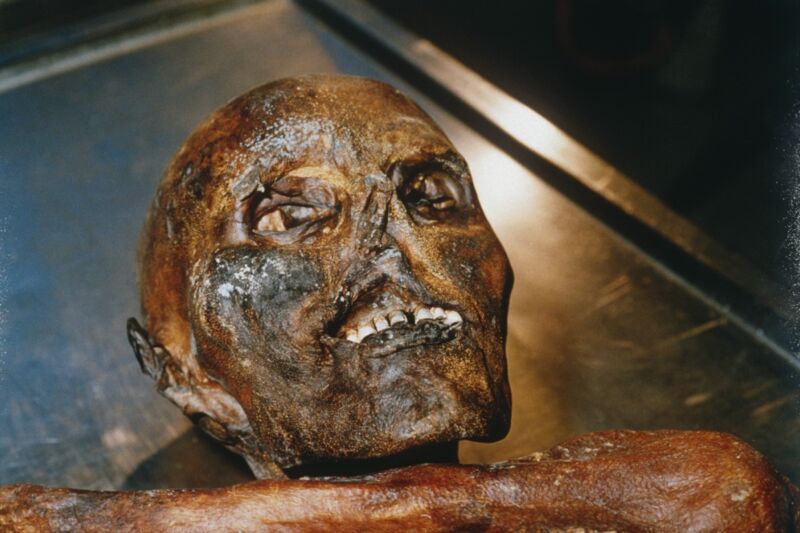-
 chevron_right
chevron_right
Neanderthal adhesives were made through a complex synthesis process
news.movim.eu / ArsTechnica · Saturday, 17 June, 2023 - 11:25

Enlarge (credit: Halamka / GETTY IMAGES )
As Homo sapiens , we often consider ourselves to be the most intelligent hominins. But that doesn’t mean our species was the first to discover everything; it appears that Neanderthals found a way to manufacture synthetics long before we ever did.
Neanderthal tools might look relatively simple, but new research shows that Homo neanderthalensis devised a method of generating a glue derived from birch tar to hold them together about 200,000 years ago—and it was tough. This ancient superglue made bone and stone adhere to wood, was waterproof, and didn’t decompose. The tar was also used a hundred thousand years before modern humans came up with anything synthetic.
A transformation
After studying ancient tools that carry residue from this glue, a team of researchers from the Eberhard Karls University of Tübingen and other institutions in Germany found evidence that this glue wasn’t just the original tar; it had been transformed in some way. This raises the question of what was involved in that transformation.

